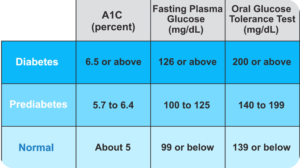The National Institutes of Health estimates that almost a quarter of adults worldwide experience moderate to severe chronic back pain, with the number of sufferers increasing as people age. The pain can be life-altering, causing patients to curtail activities and movement, which ultimately tends to worsen the underlying condition and increase the pain, in a vicious cycle.

Until recently, the primary tool for chronic back pain has been opioids or similar powerful pharmaceutical painkillers. As the oxycontin epidemic proves, this approach is not a viable long-term option and can hurt as much as it helps.
A relatively new therapy, however, is creating excitement in the medical community as a potentially effective tool in the pain relief toolbox. Graded sensorimotor retraining is a behavioral and perception modification therapy. Usually performed by a trained physiotherapist, this in depth process often involves as many as a dozen sessions over a course of weeks, including in-home treatments. The aim of the therapy is to change how patients perceive pain, reframe how they process back pain sensory signals, and consequently increase movement that will itself improve the underlying condition and improve quality of life.
Early Good Signs
Excitement around the potential of graded sensorimotor retraining stems from a 2022 Australian study that showed significant pain improvement in patients who were treated with graded sensorimotor retraining, as opposed to a control group that received fake (what are known in research nomenclature as “sham”) treatments.
The treatment involves patients self-grading their pain levels, and then working with their own reactions and thought processes that occur in response to the pain.
Although the technique is not a cure—it focuses on pain management rather than pain elimination—the study results do indicate that patients could potentially minimize the role chronic pain plays in their lives, increasing quality of life and allowing for the type of movement and physical therapy that might actually improve the underlying condition.
More research is needed and the treatment will likely be refined in the near future, but if you think it might benefit you chronic back pain, consult your primary caregiver for a referral to a qualified physical therapist.





